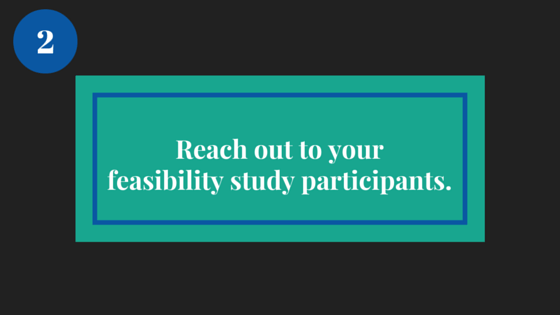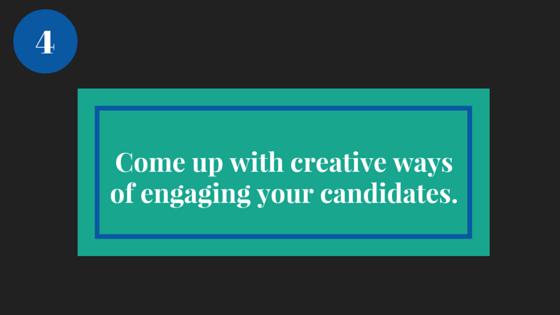 Gift capacity ratings were a marketing moment for wealth screening companies. Suddenly thousands of records could be matched individually to wealth records and assigned a score. Your constituents could be assessed by their potential capacity – in the form of dollars. And everybody loves money. Have gift capacity ratings lived up to the hype? Yes!
Gift capacity ratings were a marketing moment for wealth screening companies. Suddenly thousands of records could be matched individually to wealth records and assigned a score. Your constituents could be assessed by their potential capacity – in the form of dollars. And everybody loves money. Have gift capacity ratings lived up to the hype? Yes!1. Prioritizing your prospect pool saves you from yourself.
We are all human and that means we prefer to call upon and visit people we like – people who are more like us. Unless you are a major gift donor yourself, your prospects are not like you. Assigning numbers, gift capacity ratings, to your prospect pool helps you overcome your natural tendencies and allocate your time based upon the impact someone can have on your organization.
You will spend as much (or more) time on someone who can give $10,000 as someone who can give $100,000 or $1 million. If you want to excel in major gifts, capacity ratings will help you focus.
2. Ratings and scores are never exact unless it’s the Olympics.
A successful solicitation strategy requires much more than a gift capacity rating. A $1 million+ capacity rating is exciting … until you visit and discover he believes philanthropy is bad for the economy. A $1 million+ capacity rating is exciting … until you discover she has been harboring fantasies of making a transformational gift to your cause. Then it’s a DREAM COME TRUE!
3. You must know your prospect types.
You and your prospect research professional are not usually high-net-worth-individuals (HNWIs). You are not usually doctors, lawyers, or investment bankers either. Recognizing and being able to categorize how different prospect types accumulate, manage, and give away their wealth is for you and your researcher to discover together.
Know that HNWIs are generally UNDER-valued by gift capacity ratings. The more wealth there is, the more likely that wealth is hidden from view. Prospects outside the U.S. frequently have wealth indicators that can’t be assigned a number.
4. Not knowing produces anxiety. Embrace the unknown.
Before you get frustrated with how little we can really know about the prospects we want the most – HNWIs – remember that gift capacity ratings were never meant to be the final word. As you evaluate your prospect pool by its capacity ratings and any other tools available to you, embrace what you don’t know.
Create a checklist of what clues you in to prospects of great wealth. Use this to create a strategy for your discovery and cultivation visits. Use what you don’t know as a roadmap to discover your prospect. If you know a fundraiser that came of age pre-internet, find out how s/he prepares for visits!
5. Your researcher is your best ally.
Prospect research professionals have as much fear of ambiguity as gift officers. Calculating capacity ratings fills us with anxiety and angst! This is also to your advantage. Engaging your researcher in conversations about gift capacity ratings, wealth indicators, and what you might discover in your visits will only make you both better in your professions.
Some of my best conversations have been with confident fundraisers who wanted to better understand how I arrived at a gift capacity rating or how a particular type of wealth factored in to the prospect’s ability to give. Prospect research professionals want the donor to give a major gift, too!
Gift capacity ratings are not going anywhere anytime soon. Learning to use them to your advantage will help you achieve success as a fundraiser.
More Resources You Might Like
- Why Capacity Ratings are Bunk and What You Can Do About It | Mark Noll
- A Difference of Opinion: When Prospect Wealth Ratings Are At Odds | Donorscape
- Gift Capacity, the Debate Continues | Chris Carnie
- Quest for the Perfect Prospect Rating Formula| David Lamb
- When A $10M+ Gift Capacity Really Isn’t a $10M+ Gift Capacity | DonorScape
 There was a cry for help on the PRSPCT-L list-serv: “I’m a new researcher and my boss wants me to provide net worth on a prospect. He says it was the previous practice to do this and I can get what I need to calculate it from Dun & Bradstreet.” What would your response be?
There was a cry for help on the PRSPCT-L list-serv: “I’m a new researcher and my boss wants me to provide net worth on a prospect. He says it was the previous practice to do this and I can get what I need to calculate it from Dun & Bradstreet.” What would your response be?
 How many times have you lamented: “Yet another prospect involved in the family business. The family’s privately-held business, that is. What valuation number am I going to pick out the air this time?!” We’ve all been there. Valuing private companies is a tricky business indeed (pun intended).
How many times have you lamented: “Yet another prospect involved in the family business. The family’s privately-held business, that is. What valuation number am I going to pick out the air this time?!” We’ve all been there. Valuing private companies is a tricky business indeed (pun intended).



 Ryan Woroniecki is the Vice President of Strategic Partnerships at
Ryan Woroniecki is the Vice President of Strategic Partnerships at 





 Guest Post by Joe Clements
Guest Post by Joe Clements